In an era marked by rapid technological advancements, the digitization of governmental and business processes stands as a beacon of progress and efficiency. For state governments, embracing digitization and enhancing technical efficiency presents a unique opportunity to harness their full potential, drive sustainable development, and improve the quality of life for their citizens. Central to this transformation is the foundational role of connectivity and broadband, which serve as the bedrock for all digital initiatives.
Broadband connectivity is a critical enabler of digitization and technical efficiency. It provides the essential infrastructure that supports digital tools and services across various sectors. The World Bank has highlighted the profound impact of broadband on economic development, particularly in developing nations. According to their report (WB 2016), a 10 per cent increase in fixed broadband penetration can boost GDP growth by up to 1.38 per cent in developing countries thereby speeding up the economy.
To this end, the Nigerian government developed the Nigerian National Broadband Plan (NNBP) 2020-2025 with the aim of enhancing the country’s digital infrastructure by providing widespread broadband access. It promises minimum data download speeds of 25Mbps in urban areas and 10Mbps in rural areas, aiming for a 70 per cent broadband penetration rate for eligible individuals at a cost of no more than N390 per 1GB by 2025.
As of Q1 2024, the NNBP’s progress includes 3G population coverage of 89.42 per cent and 4G at 84.19 per cent, while targeting 90 per cent 4G coverage by 2025. On broadband speed, urban areas coverage stood at 22.03 Mbps, while targeting 25 Mbps (urban areas) and rural areas coverage of 10 Mbps by 2025. On fibre reach, the country has 79,212.46 km fibre reach with many overlaps, while targeting 120,000 km non-overlapping. Broadband penetration stood at 43.53 per cent of eligible individuals, even as the federal government has targeted 70 per cent by 2025.
With just four months to 2025, stakeholders have expressed doubt that the federal government will be able to achieve the 70 per cent target.
According to them, the telecom companies responsible for expanding internet access face several problems, which include fiber cuts, multiple taxes, excessive right-of-way fees, insecurity, high energy costs, and inflation.
For instance, the industry experienced over 35,000 fiber cuts in 2022 and over 24,000 fiber cuts so far in 2023. Similarly, over N14 billion has been spent on repairing damaged fiber. In the same vein, there have been over 18,000 denial of access cases recorded in 2022 and over 6,000 cases so far in 2023.”
On RoW, it was learnt that operators are also choosing to invest in the states with friendly regulations. Only four states have waived expensive right-of-way fees, which are charged for laying fibre optic cables.
On high cost of operation, LEADERSHIP learnt that tower operators are switching off some base stations due to difficulty in sourcing diesel to power them. In March 2024, the average price of a litre of diesel was N1,341 up from N840 in March 2021. Tower operators depend on electricity provided mainly by diesel-powered generators.
It will be a miracle for the federal government to achieve the targets of the NNBP; the miracle will start by the government addressing the issues highlighted above. To this end, critical stakeholders who convened at the strategic stakeholders’ meeting with the 36 states commissioners, including FCT, permanent secretaries and heads of ICT Agencies, organised by the Association of Telecommunications Companies of Nigeria (ATCON), in Abuja, therefore tasked states government to ease regulatory burdens and drive policies that are investor-friendly for the telecommunications/ICT sector.

 2 months ago
5
2 months ago
5
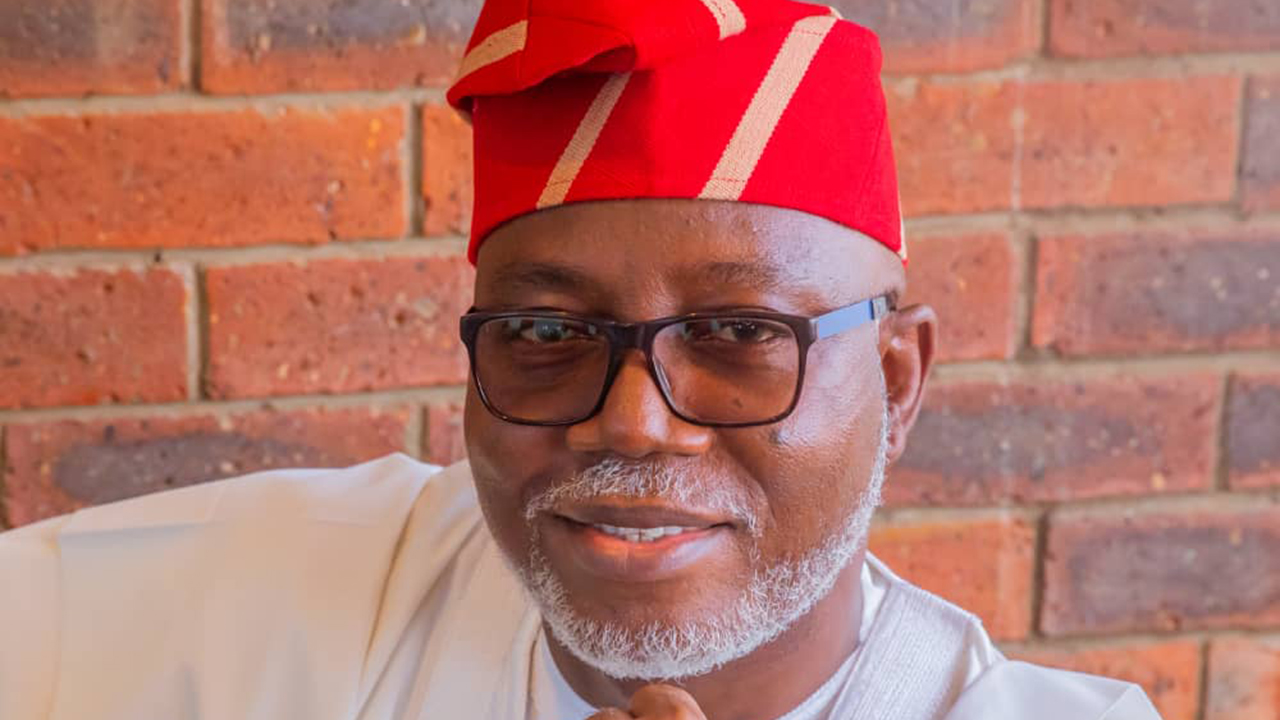

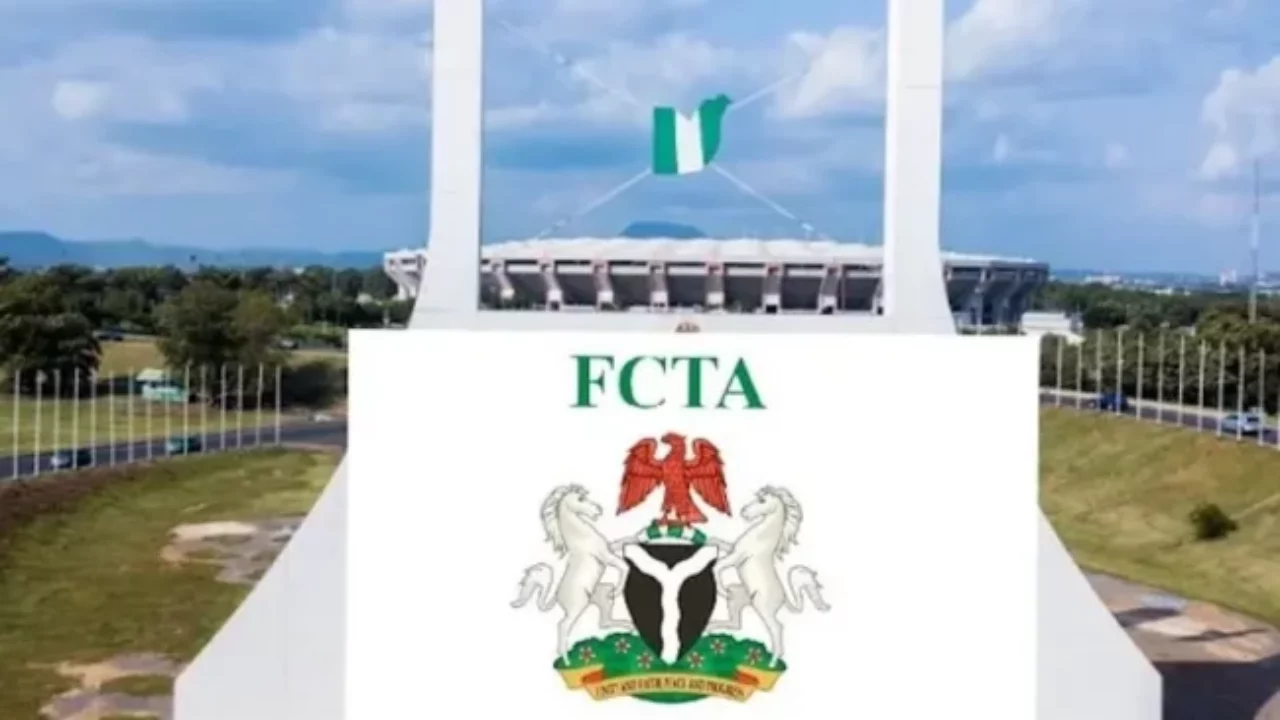


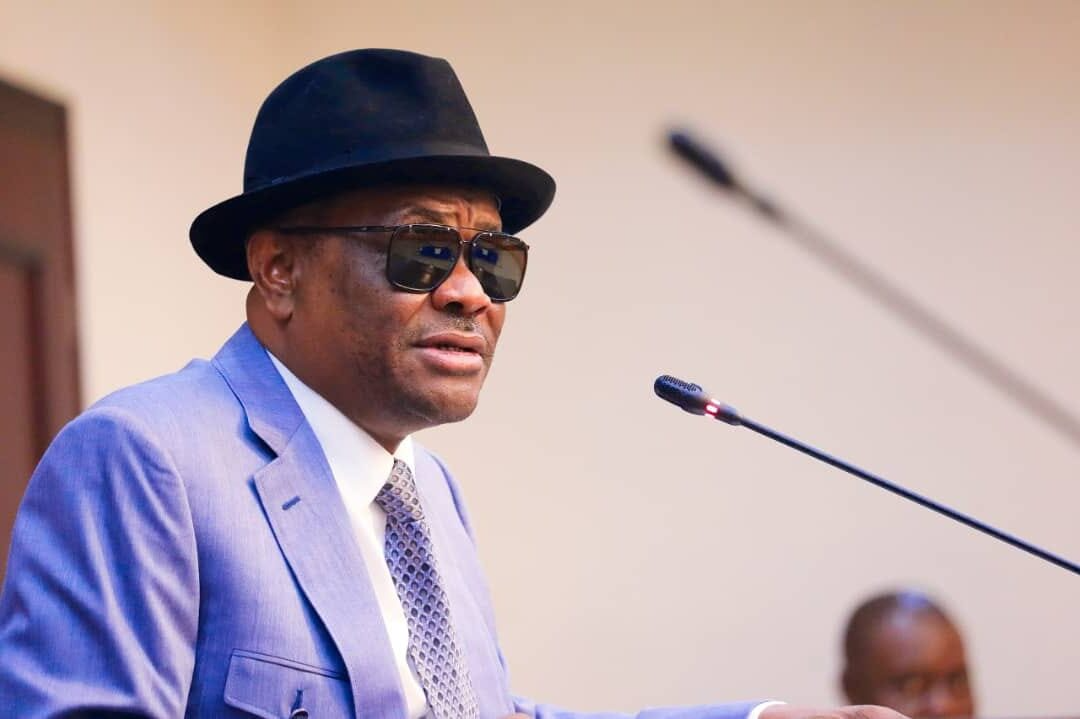

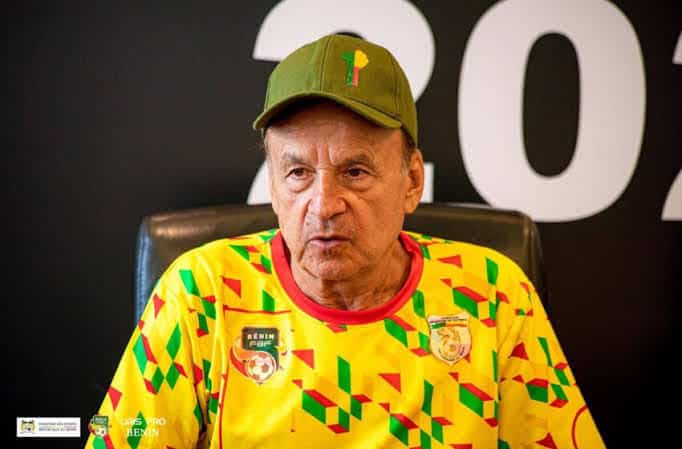



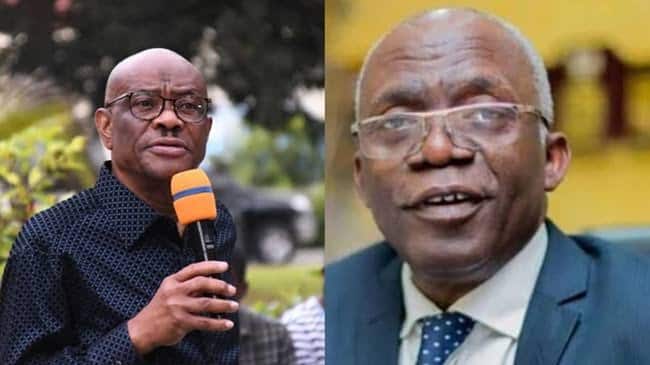
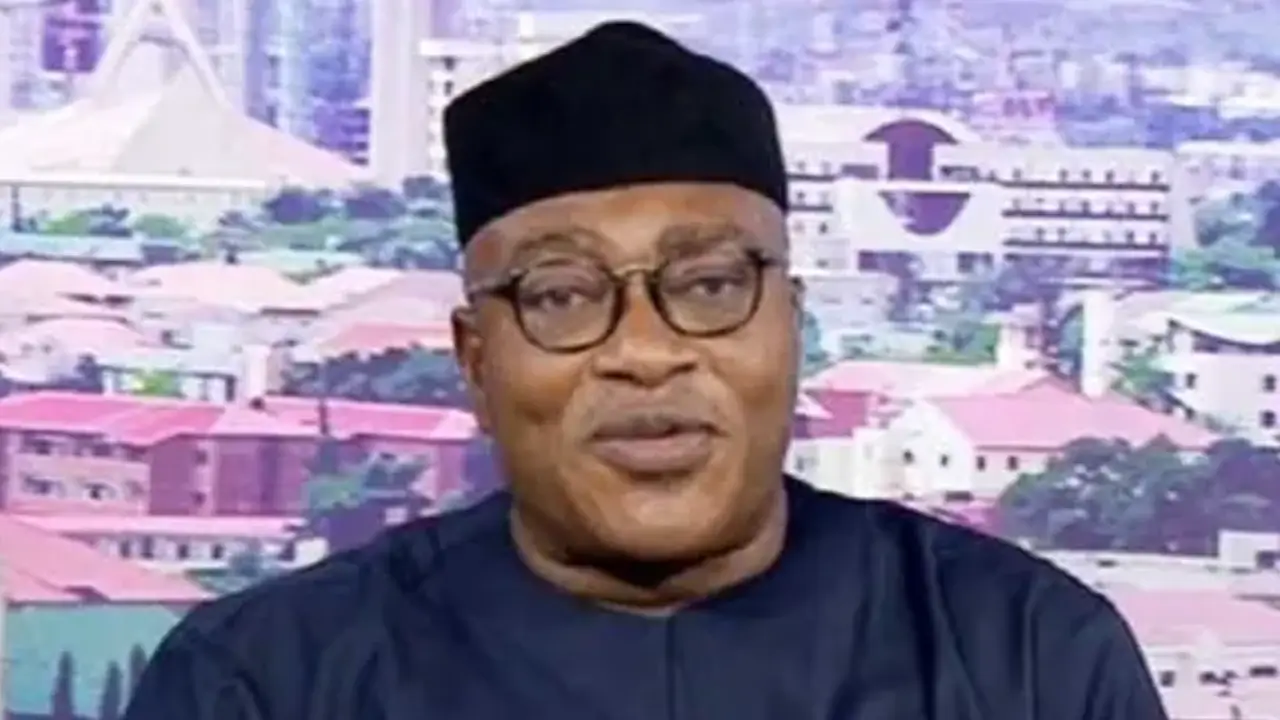
![Just In: Tinubu Departs Aso Villa For Late COAS Lagbaja’s Burial [Video]](https://www.naijanews.com/wp-content/uploads/2023/06/20230622_180721.jpg)

 English (US) ·
English (US) ·